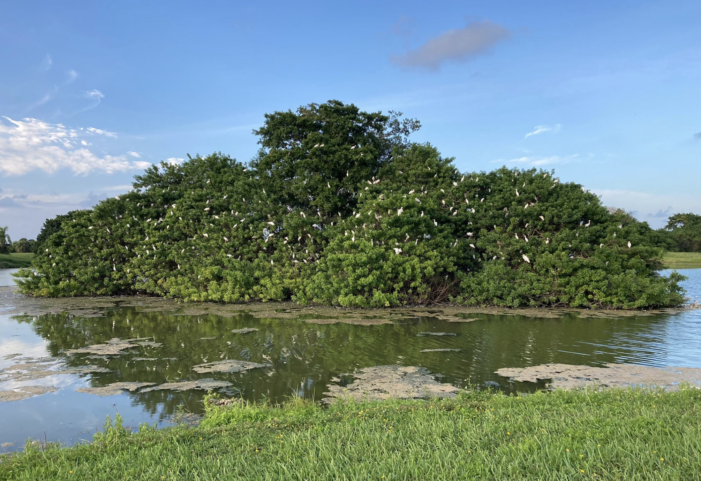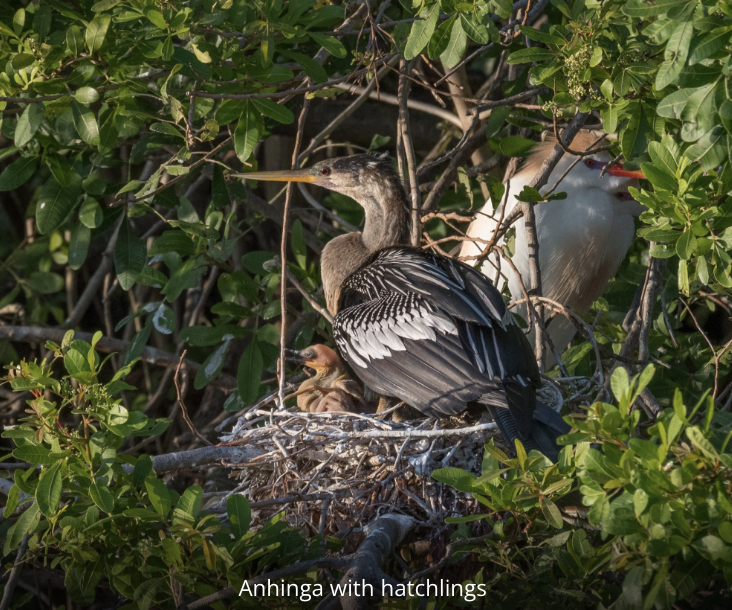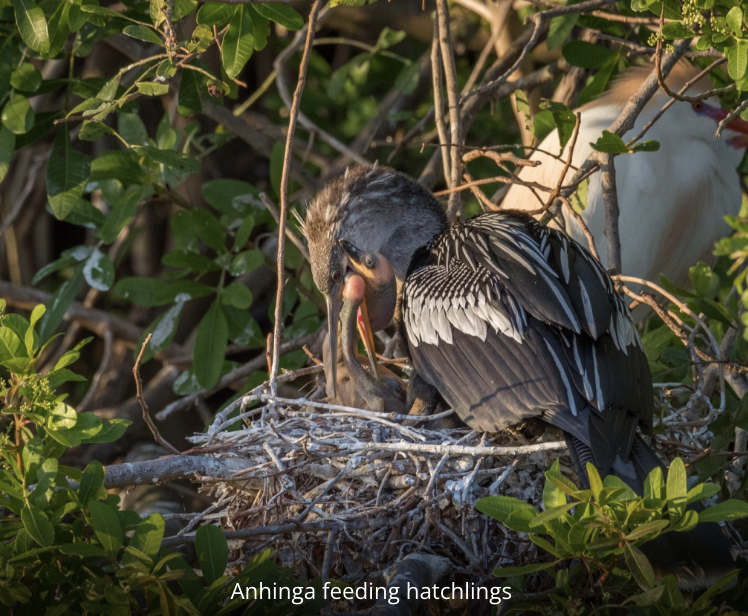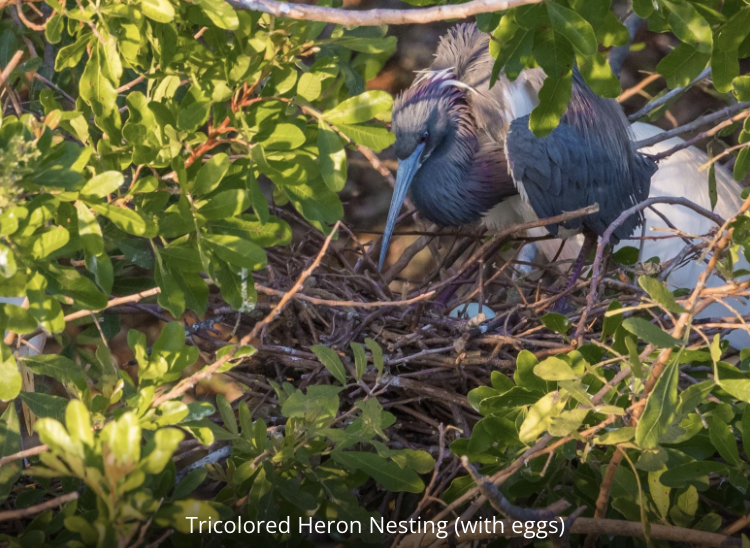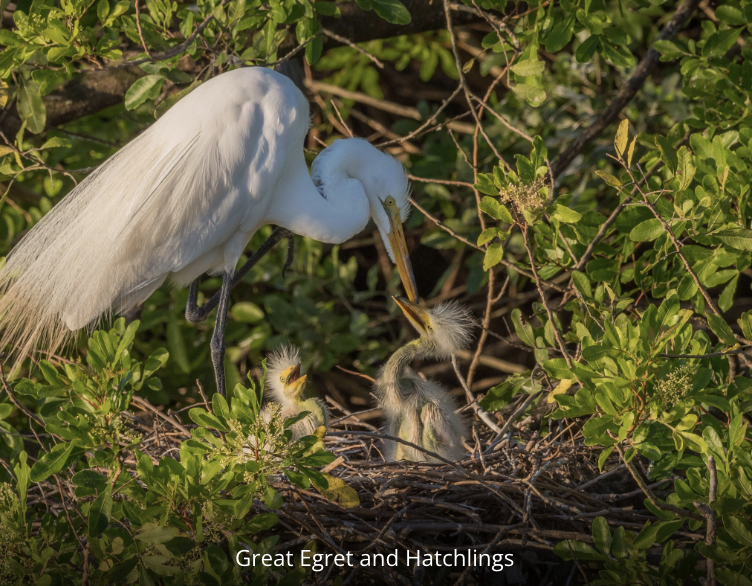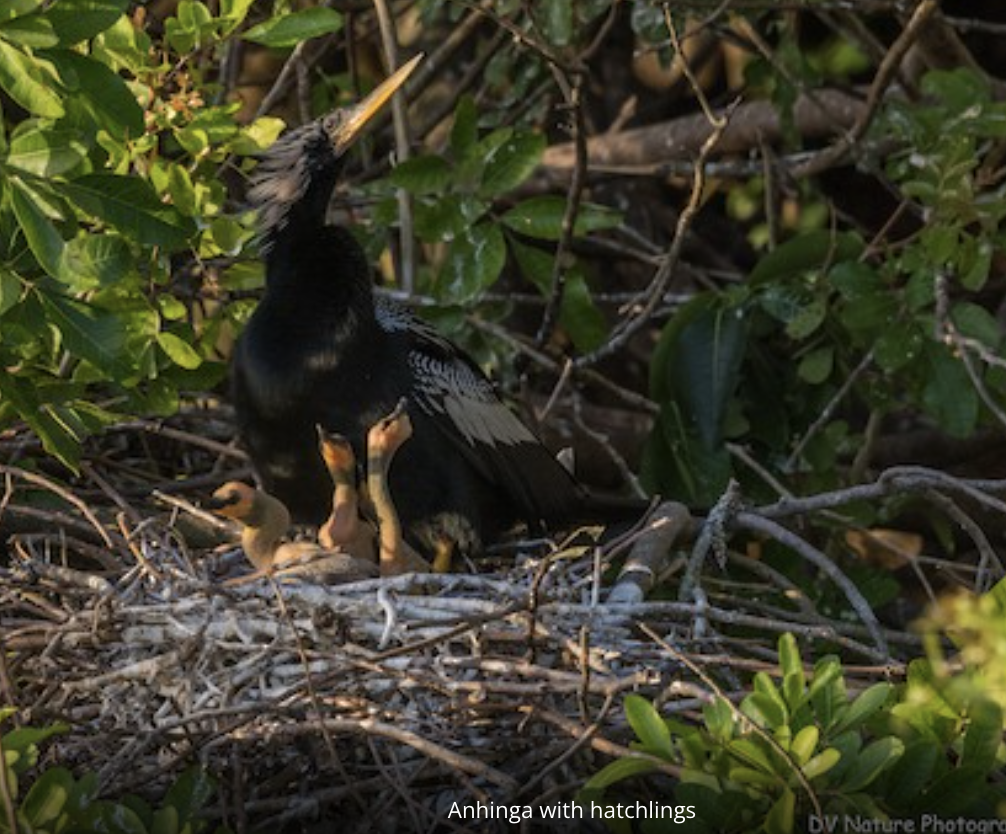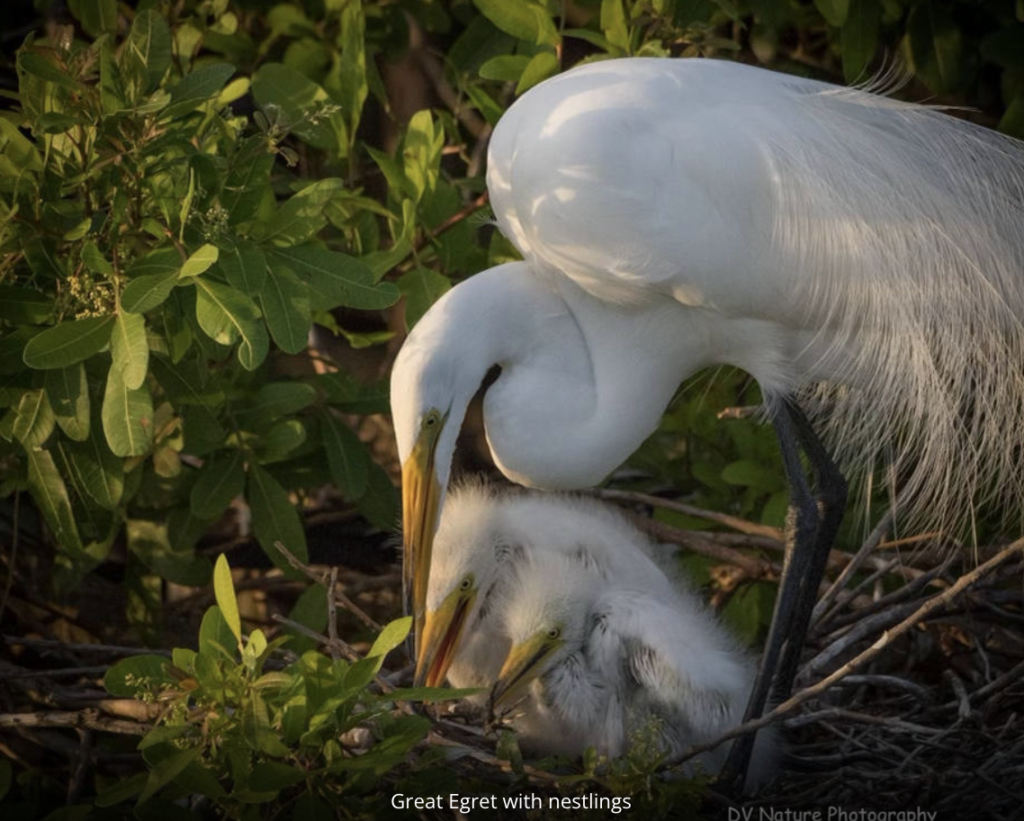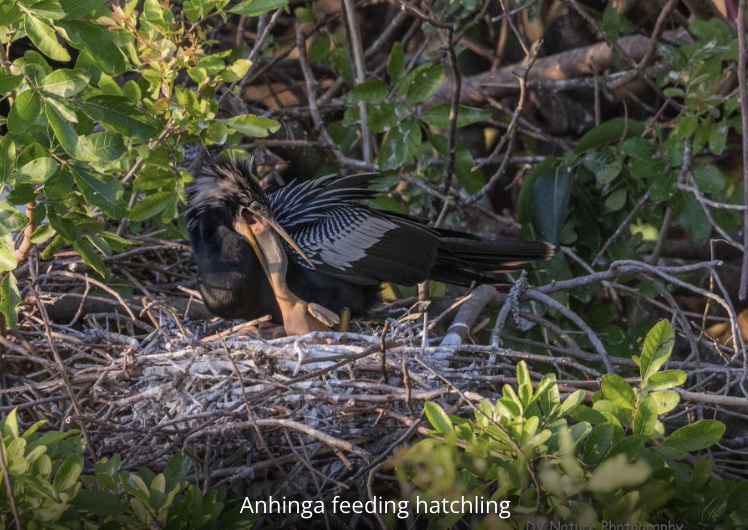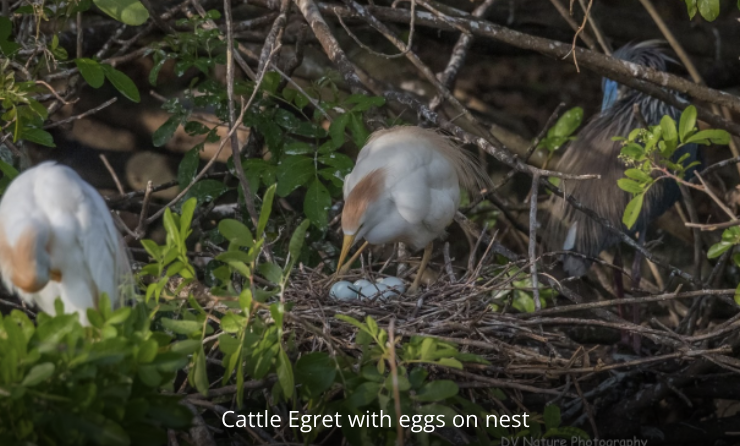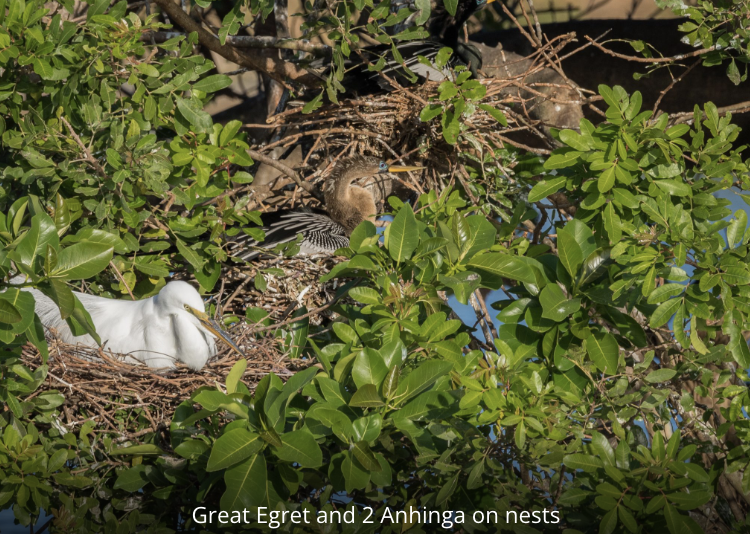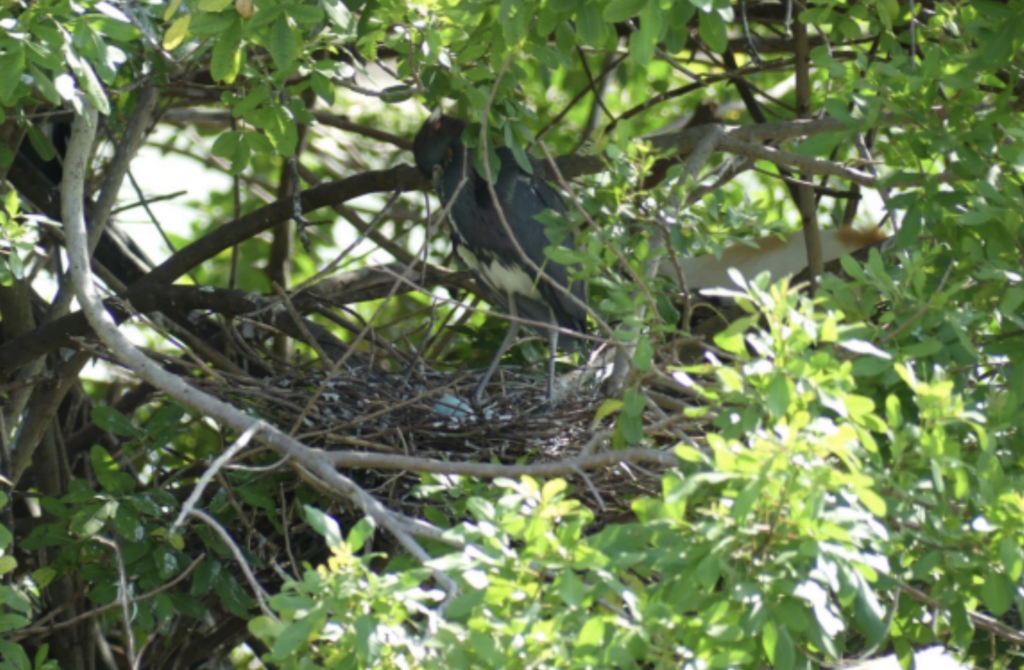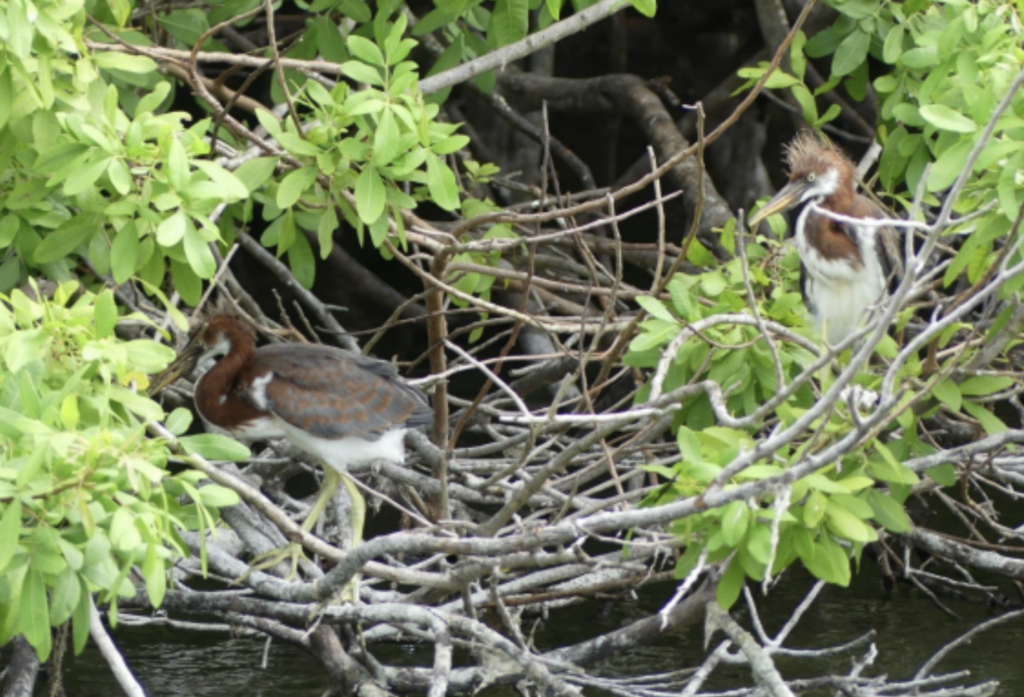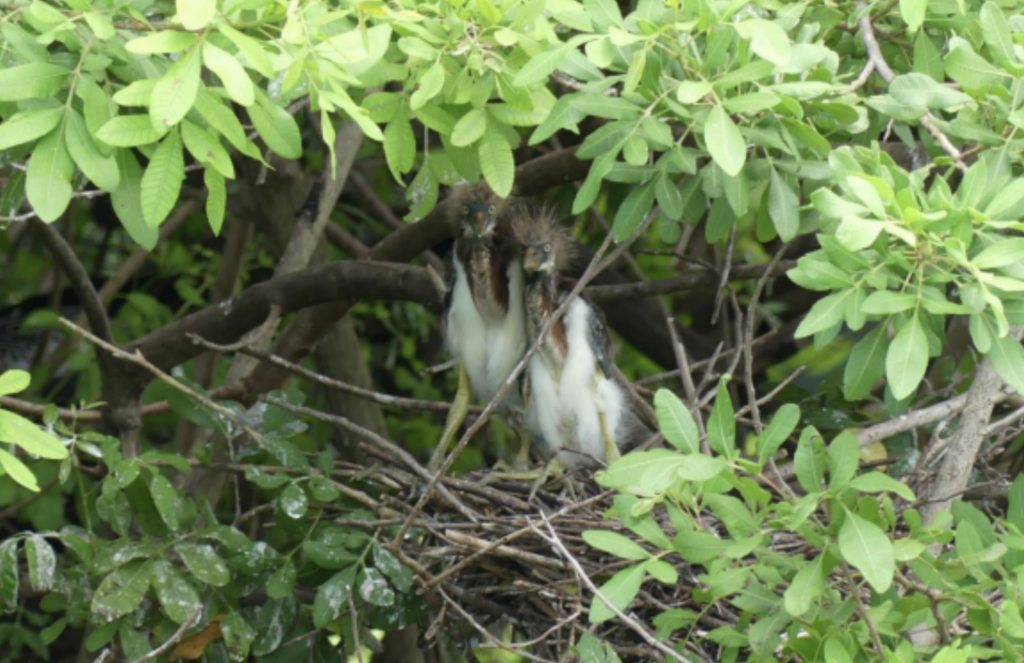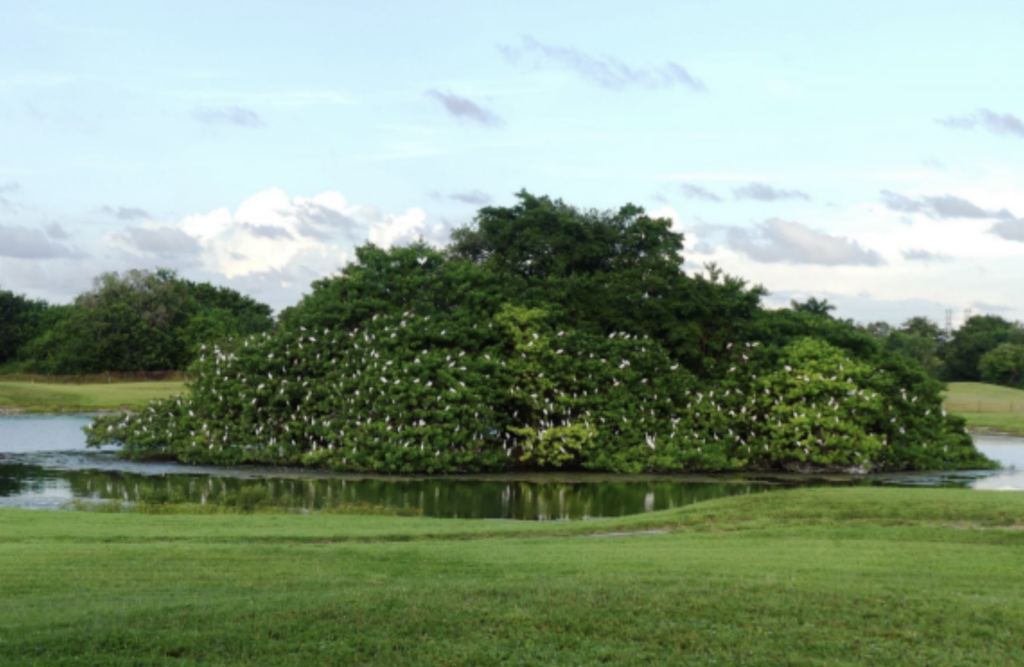Developers of 550 homes on the former golf course must make changes
Neighbors opposed to the development of 550 homes on the 160 acres that used to be the Calusa Golf Course got a reprieve last week, when a court ruled that the county had not provided proper notice of the zoning hearing.
And the county has confirmation that there is a rookery on the property where threatened state birds have been found nesting in habitat that must be protected.
The Third District Court of appeals said Wednesday that the county commission’s November 2021 approval of a zoning change from recreational to multi-family housing should be reversed because it should have been noticed again when it was postponed to another meeting.
Read related: Miami-Dade Commission votes to kill Calusa preserve for Kendall developer
“We are thrilled that the 3rd DCA reversed the zoning approval,” said Amanda Prieto, a leading homeowner who formed the Save Calusa neighborhood advocacy group.
“As West Kendall unincorporated Dade residents, public zoning hearings are our only opportunity to have our concerns heard,” Prieto said. “This is further proof that every voice matters, and community advocacy can make a significant difference.”
Calusa homeowners were also right about the organic wildlife habitat that has formed on the abandoned course, specifically a rookery of Florida birds, including threatened species, on a small island in the middle of a 4-acre lake.
The Department of Regulatory and Economic Resources’ Division of Environmental Resources Management visited the rookery 12 times between March and August of this year and confirmed that at least six tri-colored herons were born there during that span. Many other birds were seen nesting and foraging and caring for hatchlings, but the tri-colored heron is a protected species.
This is important because last year’s zoning change approval came with the condition that if a rookery of protected species was found on the property, the development would have to be adjusted so as to preserve it.
“The results of the wildlife surveys are conclusive: tri-colored herons are nesting within this island and using it as a rookery,” Miami-Dade Mayor Daniella Levine Cava wrote in a memo dated Nov. 7, reminding everyone o the condition. “The rookery is required to be preserved, and the developer is required to modify the proposed development plan to accommodate preservation of the roosting and nesting habitat.”
Read related: Calusa veto never came, but Miami-Dade’s Alcaldesa promises ‘protections’
The developer is now required to submit a detailed plan to DERM on “how the nesting, feeding, and roosting habitat of the little blue heron, the tricolored heron, and any other Federal or state threatened or endangered species will be protected and buffered from the proposed development… ensur[ing] that further degradation of such habitat is not authorized,” and demonstrating “how County designated species shall be conserved.” DERM will need to approve such a plan, and require a covenant so that future owners are held to the same standard.
Not that covenants mean much to this commission.
“This is a rare opportunity,” Prieto said, “a critical second chance at improving our community and resident quality of life, rather than destroying it. What I hope is that with accurate wildlife studies, and proper notice, residents county-wide pack the commission for a new hearing and the owners and BCC to do the right thing.”
The lawsuit gave the county and the group additional time to ensure that the correct environmental studies were done, which was important after the developer presented bogus studies done way outside nesting season.
“So now, potentially, we go into this new zoning hearing with a county staff recommendation, and independent verification that there is imperiled nesting on this property,” Prieto said.
If/when this goes back to the commission for approval with proper notice, it is going to be a brand new board with five newly-elected commissioners hearing arguments on this for the first time. But, also, Commissoner Raquel Regalado, who voted in favor of the developers, will be the vice chair. Regalado defended her vote by saying it was inside the urban development boundary, which she crossed in a separate vote earlier this month.
Said Prieto: “They can’t possibly still argue they need to infill to protect the UDB, right?!”
Read related: Calusa rookery shows active nesting where they want to build 550 homes
Meanwhile, the developers are likely freaking out. Sources say they have already paid the ring owners 90% of their settlement (read: payoff to sign off on the covenant release). Some homeowners also got a 50 foot extension to their backyard — which now may encroach on preservation efforts. How is the deal going to be honored?
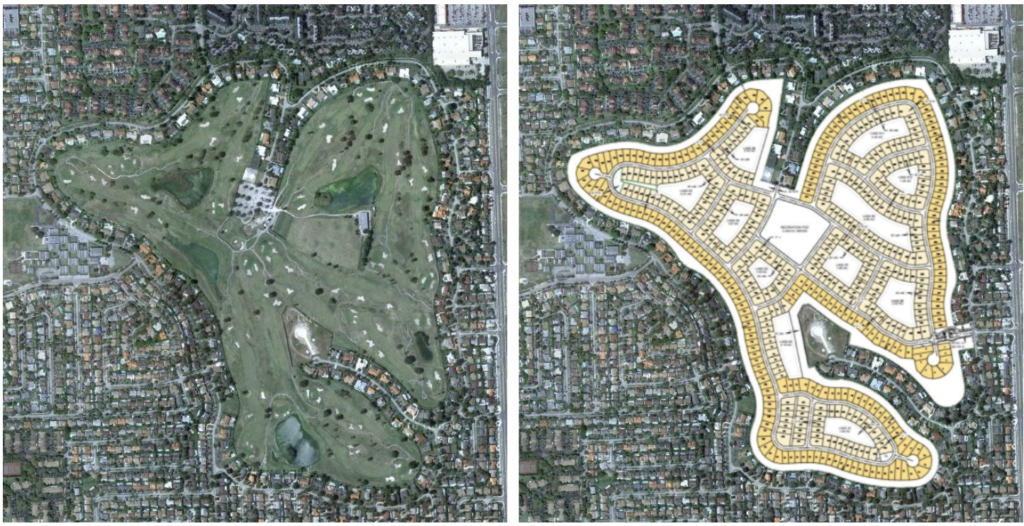
Only one thing is certain: Without the advocacy of the Save Calusa group, the new studies would never have happened and the rookery would never have been confirmed and likely would have been destroyed.
“This victory reflects the importance of resident involvement in decisions affecting their local community,” said David Winker, the attorney who represented Save Calusa in court. He thanked Tropical Audubon, Sierra Club Miami, Bat Conservation International and wildlife legend and Zoo Miami spokesman Ron Magill for supporting the preservation of the rookery.
“Rookeries and birds can’t speak up for themselves,” Winker said. “But Calusa residents have made sure they will be protected in an unprecedented victory for residents and our environment.”

